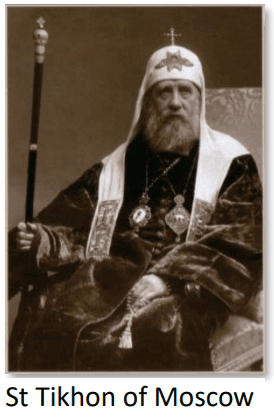Byzantium after Byzantium: The Modern Age
The long and final fall of the Christian Roman empire that came with the overthrow of Constantinople did not, of course, spell the end of the Christian Church in the east. As peoples grew out of the remnants of Byzantium and began to form new nations, the Church in the east grew along with them as part of their national DNA. These new nations modeled themselves on the former Roman empire, so that the churches within these new nations became state churches, effectively bearing and expressing national identity.
The legitimacy of the new states came to be symbolically expressed by the independence of the churches within them, as those churches sought for (or sometimes unilaterally declared) independence from Constantinople or autocephaly. What were once distinct groupings of bishops now became political powers, as the eastern churches plodded along into the modern age.
What were once distinct groupings of bishops now became political powers, as the eastern churches plodded along into the modern age.
The modern age suffered a tremendous explosion of violence and bloodshed when the Communist Revolution erupted in Russia, convulsing the country, persecuting the churches there, and threatening to become dominant throughout the world. Bishops, priests, monastics, and laity in Russia and the lands around it suffered exile, torture, and death in numbers surpassing even those in the pre-Constantinian days of the pagan Roman empire. The Communist boot settled upon the land of the Rus and all eastern Europe, drawing an iron curtain across its borders, and cutting them off from the west. The oppression would last a lifetime, until Communism collapsed under its own weight, and the nations suffering oppression were, one by one, able to shake themselves free.
It was after this that the churches which had suffered oppression under the Communist regimes began to regain their strength. Russia, especially, rebounded with vitality and renewed vigour, building churches and monasteries, and beginning the massive task of educating and catechizing an entire population left in theological ignorance after decades of repression and a church in chains. In this situation of new-found freedom, the various Orthodox churches began to again find their voice and interact with the other Christians churches.